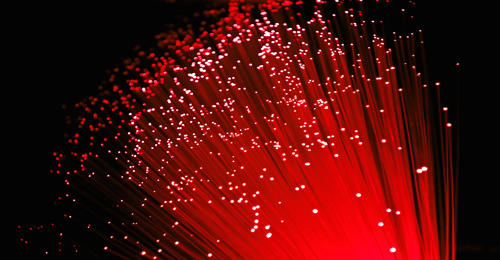
Single-Mode Versus Multi-Mode Fiber Optic Cable

Large and complex data center infrastructures are an engineering marvel of intricate computing technology. With the strong push for more advanced technologies such as cloud computing, the data center landscape is evolving. High demand for more bandwidth, energy-saving features, and longer reach is driving the need for better and more efficient optical transceivers. As a result, the need for optical fiber has also significantly increased. Should a data center choose a single-mode fiber optic cable or a multi-mode one. They both serve a purpose, but what is the difference? Both single-mode and multi-mode fibers use glass threads (typically made from pure silica) to transmit data in the form of light pulses. Essentially the fiber optic cable guides the light from one end to the other. In the past, copper cables were predominately used; however, they are now becoming obsolete due to higher maintenance costs, lower speeds, less capacity, and less resistance to electromagnetic noise. Single-mode fiber has a smaller diameter of 8.3-10 microns and has a much more narrow laser wavelength. Combining these features significantly reduces any distortion, maintains a strong signal, and provides high transmission rates. Single-mode fiber is also able to provide 50 times more distance than multi-mode fiber, which makes it the perfect candidate for inter-building connectivity or WANs. Single-mode fiber is generally more expensive because it’s considerably more fragile and uses lasers as its primary light source. With a larger diameter of 50-100 microns, the higher capacity offered by multi-mode fibers allows for the use of cheaper light sources such as LEDs. It can provide high bandwidth at high speeds over shorter distances. However, when the reach becomes too far, this can lead to distortion and result in an incomplete signal transmission. Typically multi-mode fiber is best used for LAN backbones in buildings. Both single-mode fiber and multi-mode fiber can handle 10G speeds. However, it’s important to keep in mind that they are not compatible and cannot be mixed between two endpoints. To learn more about optical networking technologies or speak with a representative about our cutting-edge products, please contact us.






